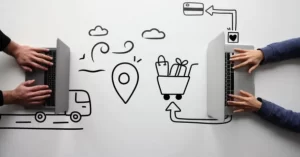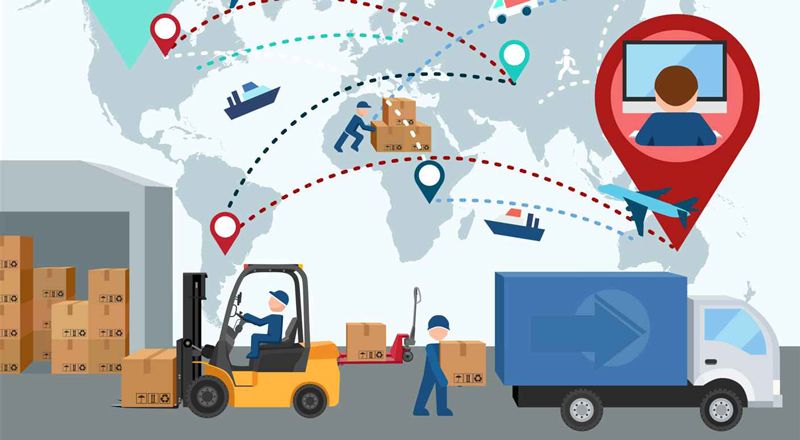What is Dropshipping?
Dropshipping is a business model where you don’t need to hold inventory. When a customer places an order, you simply forward the order to the supplier, and the supplier ships the product directly to the customer. No warehouse, no inventory management, and no shipping hassles. Platforms like Dropsure make it easy by streamlining the process, so you can focus on marketing and sales, leaving the rest to us.
To learn more about dropshipping, check out our What is Dropshipping & How to Start article.
How to Dropship from China?
Success in dropshipping is no accident. Follow these steps to get your business started:
Step 1: Choose Reliable Suppliers
Choosing unreliable suppliers means delays, refunds, and unhappy customers. That’s why finding a trustworthy supplier with a good track record is crucial. Using a platform like Dropsure helps you easily find verified Chinese suppliers.
Step 2: Pick Hot-Selling Products
Stop second-guessing your product choices. Use market analysis tools like Google Trends to identify trending products with low competition and high demand. Your product selection directly impacts your future profits.
Step 3: Target the Right Audience
Understanding who’s buying your products is key. Use social media analytics tools and market research to figure out your potential customers’ age, interests, and buying habits. Precise targeting boosts conversion rates.
Step 4: Track Orders, Keep Transparency
Using your supplier’s order management system or tools provided by Dropsure, stay updated on order status. Customers expect timely delivery, and any delay could cost you their trust.
Step 5: Handle After-Sales Efficiently
Don’t let bad reviews drag you down. Establish clear return and exchange policies, and maintain good communication with customers. Promptly addressing issues is key to customer satisfaction and maintaining a positive reputation.

Benefits of Dropshipping from China
Dropshipping from China offers several significant advantages:
1. Low Cost, High Profit
Products from China are typically inexpensive, which means lower sourcing costs and higher profit margins—helping you get a competitive edge in the market.
2. Wide Range of Products
Whether you’re selling electronics or fashion, you’ll find a wide variety of products from Chinese suppliers. The broad selection makes it easier to find products that suit your niche.

3. Robust Supply Chain
China has one of the world’s most advanced supply chain infrastructures, ensuring efficient operations from production to logistics. Whether you’re selling in the U.S. or Europe, deliveries will arrive on time.
4. Strong Technical Support
Many Chinese suppliers offer advanced manufacturing capabilities and customization. Strong technical support ensures you get high-quality products, avoiding common quality issues.
How to Find Reliable Dropshipping Suppliers in China?
Finding reliable dropshipping suppliers isn’t hard if you know where to look. Here are a few tips:
1.Attend online or offline trade shows to meet suppliers face-to-face.
2.Use directories and platforms specifically designed to connect dropshippers with Chinese suppliers.
3.Check for supplier certifications or quality control measures. At Dropsure, we provide a curated list of trusted suppliers to make your search easier.
If you’re serious about finding the best suppliers, don’t miss out! Click here to read our article How Do Dropshippers Find Their Best Dropshipping Suppliers? and discover the top strategies that can take your business to the next leve

Conclusion
Dropshipping from China presents a wealth of opportunities for entrepreneurs. By following the right steps, you can leverage low-cost products, a wide variety of choices, and a robust supply chain. At Dropsure, we’re dedicated to helping you succeed in your dropshipping journey. We provide the tools, connections to top suppliers, and support to help your business thrive. Start your dropshipping adventure with us today!

 5 min read
5 min read





